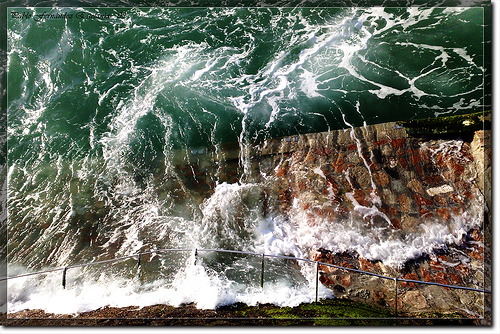
Cultures of Disasters
An international conference on humanistic disaster studies at the University of Oslo, November 6 – 8, 2013.
Modern disaster research, dating back to the early 1920s, started up as a branch of sociology but has widened its circles to neighboring academic disciplines. In recent years, disasters have become a rapidly growing field of research in the humanities. The reason for this growth is obvious: disasters are incessantly foretold and retold – in news broadcast, movies, novels, operas, computer games and amusement parks. Due to global media networks and communication technology audiences all over the world are able to follow the stories of floods, earthquakes and volcanic eruptions in real time and at long distances.
However, the myriad of stories about disasters are structured around a limited number of narrative forms and motifs – the theodicy, the apocalypse, the state of exception, the trauma, etc. This repertoire of cultural patterns not only structure how we imagine disasters, they also structure how we handle disasters. For instance, the dramatic media images from New Orleans had significant impact on the authority’s miserable disaster management after hurricane Katrina. Thus, stories of disasters may work as both models for and models of social practices.
The overall goal of Cultures of Disasters is to explore how the humanities can contribute to modern disaster research. How are disaster narratives structured? How do disaster survivors tell about their experiences? What are the aesthetics of disaster representations? How are representations and narratives of disasters intertwined with disaster management? How does the flow of disaster reports frame our understandings of risk? How do past and future disasters affect present societies? What do disaster representations tell about understandings of the relationship between the past, the present and the future? How do disasters bring up to date questions about the relationship between natural evils and moral evils?
The conference is dealing with both historical and contemporary perspectives on a broad range of topics. These include but are not limited to:
• History and disasters
• Disasters and media
• Disasters in popular culture
• Time and temporalities of disasters
• Representations and narration of disaster
• Disasters and personal experience narratives
• Apocalyptic imaginaries
• Spectacular aesthetics
• Past and present cultures of risk and uncertainty
• Disaster metaphors, concepts and symbolic forms
• Disasters and notions of nature
• The ethics of disasters
• Natural disasters in climate rhetorics
• Disaster fiction
Titles and abstracts (max 200 words) are to be sent to Kyrre Kverndokk – kyrre.kverndokk@ikos.uio.no – by June 15, 2013. Please use one of the following file formats: .doc(x), .odt or .rtf.
The conference is organized by the Nordic research network Cultures of disasters in cooperation with KULTRANS. The conference is funded by The Research Council of Norway.
Titles and abstracts (max 200 words) are to be sent to Kyrre Kverndokk - kyrre.kverndokk@ikos.uio.no - by June 15, 2013.
Please use one of the following file formats: .doc(x), .odt or .rtf.